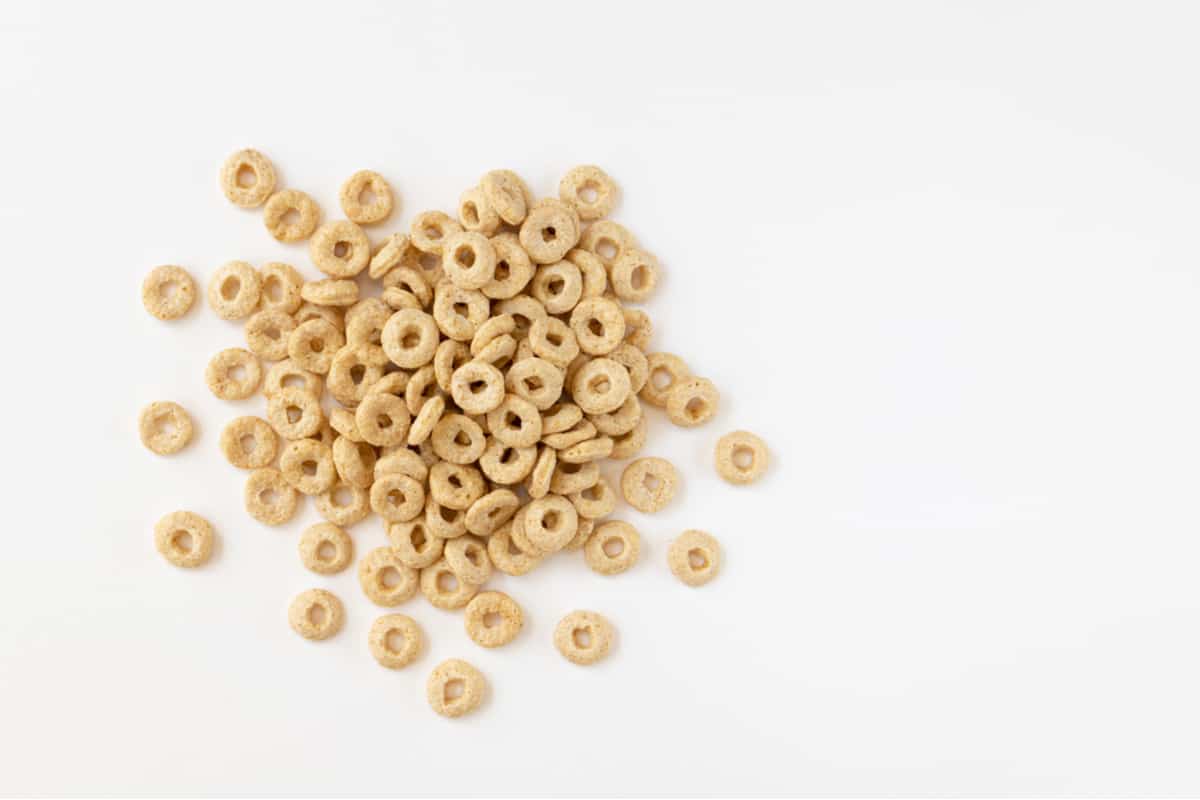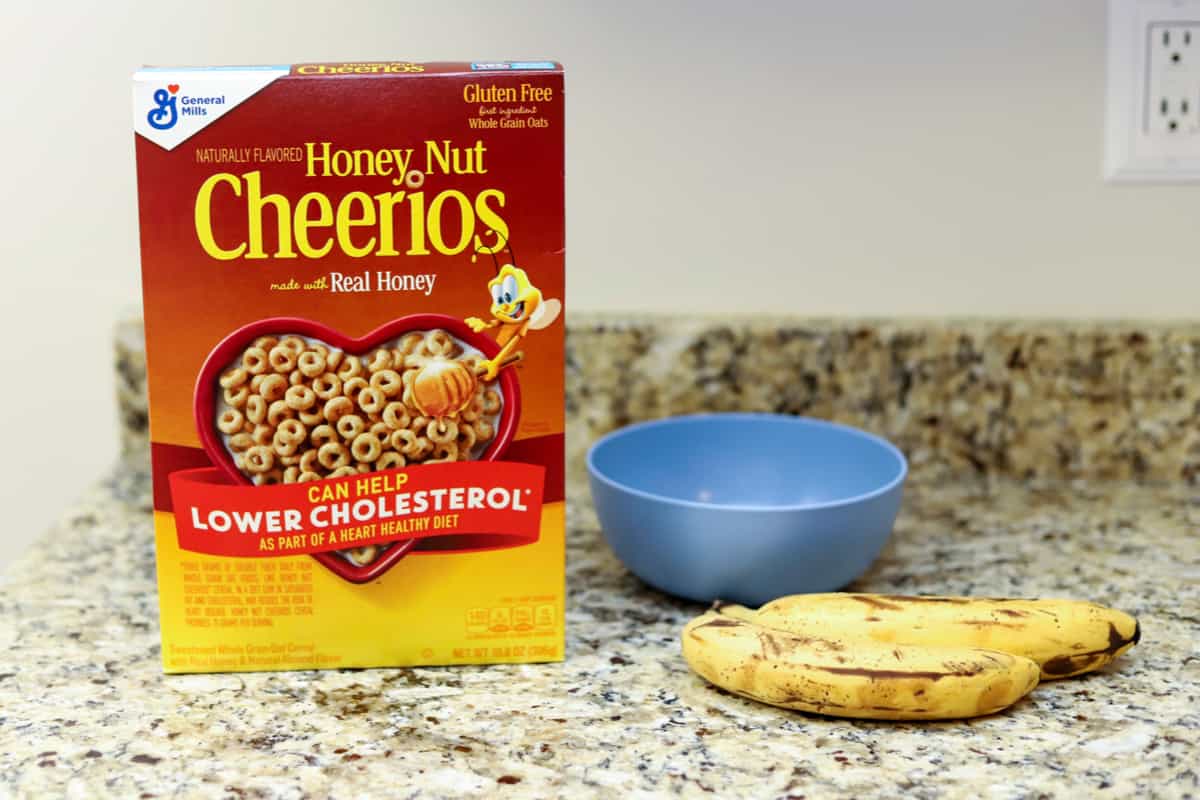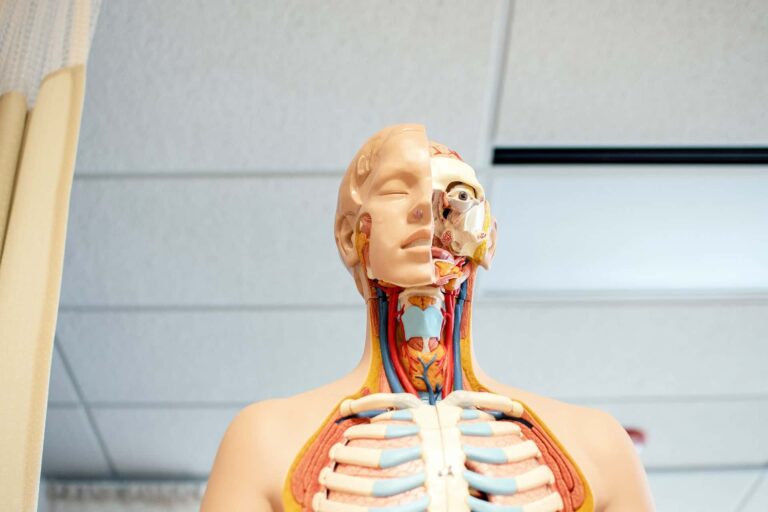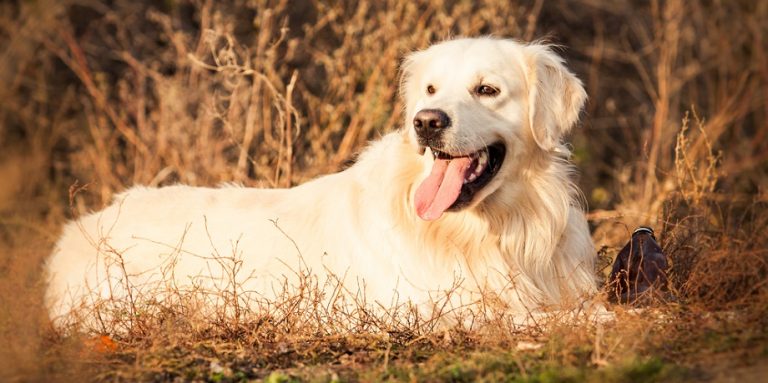Can Dogs Eat Honey Nut Cheerios?
Honey Nut Cheerios are a favorite breakfast cereal for kids and adults alike. They come in a variety of flavors, including chocolate, strawberry, and cinnamon raisin. Honey Nut Cheerios are also gluten free, dairy free, and contain no artificial ingredients or preservatives.
The company behind these delicious treats has been around since 1937. In fact, the original recipe was created by Ruth Wakefield, who wanted to create a healthier version of her husband’s favorite treat. She came up with the idea of adding nuts and dried fruit to the cereal.
Although Honey Nut Cheerios aren’t exactly healthy food, they are a nutritious choice for children and adults. They are packed with vitamins, minerals, fiber, and protein. Plus, they taste great and are low in calories. But can dogs eat them?
Can Dogs Eat Honey Nut Cheerios?
If your dog is looking for something healthy to munch on, you might want to consider giving him some Honey Nut Cheerios.
These crunchy cereals are made from wheat flour, corn syrup solids, sugar, molasses, honey, skim milk powder, salt, and vitamin D fortified soybean oil.
The only ingredient that isn’t safe for dogs is soybean oil. However, this doesn’t mean that it will be harmful for your furry friend.
Honey Nut Cheerios are very high in carbohydrates, which means they provide plenty of energy for your pet. According to the American Veterinary Medical Association (AVMA), dogs need about 1 gram of carbohydrate per pound of body weight each day.
This translates into roughly 30 grams of carbs per 50-pound dog. A bowl full of Honey Nut Cheerios provides more than half of your dog’s daily carb requirement.
Honey Nut Cheerios are rich in nutrients like iron, calcium, zinc, phosphorus, selenium, magnesium, potassium, copper, manganese, niacin, thiamine, riboflavin, pantothenic acid, folic acid, biotin, and vitamin B12. They also have a lot of fiber, which helps keep your dog’s digestive tract running smoothly.
However, Honey Nut Cheerios do not contain any cholesterol. Although they don’t contain any trans fat, they do contain small amounts of saturated fats. So if your dog gets too many of these sweet treats, he could end up packing on extra pounds.
Since Honey Nut Cheerios contain a lot of carbs, they should be eaten sparingly. You shouldn’t give your dog more than one serving every two days. If you notice that your dog seems sluggish after eating a few bowls of Honey Nut Cheerio, then you might want to cut back on his intake.
Remember that Cheerio cereal is a “sometimes’ treat for your dog, so don’t give it to your pet every day. Always check the label on the box of Cheerios to see whether any ingredients are harmful for dogs.
Fiber
Fiber is important for keeping everything moving along in your pet. A serving of Cheerios contains around 4 grams of fiber and 1 gram of soluble fibers. If your dog feels congested, a few handfuls of Cheerios could help him feel better.
Vitamins

Most Cheerios are fortified with vitamins A, B1 (thiamine), B12, B6 (pyridoxine), E (alpha-tocopherol), zinc, and thiamin. These vitamins can aid in the development of healthy blood cells in both you and your canine friend.
Vitamin E (mixtures of tocopherols), added to preserve freshness, in Cheerios.
Vitamin E in Cheerios is derived from mixed tocopherols which helps the Cheerio stay fresher longer. It is a natural antioxidant that you’ll find in most dog foods.
Many people believe that natural preservatives, like vitamin E (mixtures of tocopherols), are much safer than using synthetic preservatives.
Vitamin E is a fat-soluble vitamin. It helps dogs with the following functions:
- Fat metabolism
- Proper cell function
- Fight against oxidative damage
However, the vitamin E, iron, vitamin D, calcium, and magnesium in Cheerios are quite low in quantity to be beneficial to dogs. Our dogs can get many of the same nutrients from Cheerios in healthier, dog-friendly snacks and foods that are specifically designed for dogs.
Calcium
Adult dogs require a diet of 6% of calcium in order to maintain good health. Cheerios can give their calcium a boost and contain trace amounts of phosphorus to help with absorption.
Iron
Cheerios are a good source of iron. Dogs don’t need as much iron as humans, but it’s still important for their immunity and overall health.
These are the flavors of cheerios that are okay for dogs to eat as an occasional treat:
- Honey Nut Cheerios
- Plain Cheerios
- Banana Nut Cheerios
- Apple Cinnamon Cheerios
- Blueberry Cheerios Honey Nut Blueberry Apple Cinnamon Banana Nut
- Whole Grain and Multigrain Cheerios
- Frosted cheerios
Pros & Cons Of Honey Nut Cheerios As A Dog Treat

Pros
- Non-toxic
- Low in sugar (depending on the flavor)
- Tasty
- Crunchy
- Honey is good for your dog
- Your dog will really enjoy human treats!
Cons
- Low nutritional value
- Empty calories
- Some flavors are very high in sugar
- Bad for dogs with nut allergies
- Bad for dogs with corn, wheat, or gluten allergies
- Chocolate flavor is toxic for dogs
Are Honey Nut Cheerios Bad For Dogs In Any Way?
If your dog has an allergy to wheat, you shouldn’t feed him Honey Nut Cheerios or any other cereal with wheat.
If your dog eats Cheerios, including honey nuts, and experiences side effects, or unusual symptoms, this could be an indication that he has an allergy to the cereal itself.
Cheerios Are Considered “Empty Carbs”
While Cheerios are not toxic for dogs, it’s not necessarily the best or healthiest choice of snack for them either. We can see that in just one cup or 26 grams of cheerios, there are 19 grams of carbohydrates and 93 calories.
Because Cheerios are so high in carbohydrates and calories, they’re not a good treat for dogs who don’t get enough exercise. Over time, if your dog isn’t receiving sufficient nutrients and their calorie and carbohydrate intake is too high, it could lead to weight gain.
Remember the 10% rule when making dog treats and snacks for your furry friend. You shouldn’t give any treats or snacks to your dog that exceed 10 percent of his or her daily caloric intake.
Most dogs need between 25 and 30 calories per pound daily in order to maintain their body weight.
A small 10 pound (4.54 kg) dog requires 250 calories per day. It gets 10 percent of its energy from treats and 90 percent from a well-balanced diet.
A medium-sized Labrador weighing 70 pounds (31.75 kg) requires 1,750 calories every day: 10 percent or 175 calories from treats, and 90 percent or 1,575 calories for a well-balanced diet.
We can see from this example that the smaller dog is affected by the high calorie content in 1 cup of Cheerios more than the medium-sized dog.
If your Chihuahuas manage to eat 1 cup of Cheerios, they would be eating almost three times their daily caloric allowance for treats.
Your dog’s vet is always available to help you. As long as you’re concerned about your pet’s daily calorie intake, you should definitely talk to your veterinarian and get their recommendations. Each dog is different, and one pet’s needs are different from another.
Make sure you give your dog treats that aren’t high in carbohydrates or calories. It’s best to choose dog-friendly treats.
Conclusion
Cheerios are a tasty treat for dogs, but they have a lot of calories and carbohydrates, which may cause some problems.
If your dog is overweight, you should consider switching to healthier options like chicken, fish, or lean beef instead of giving them Cheerios.
Frequently Asked Questions
Why Do I Need To Know How Much Protein My Dog Needs?
Protein is essential for growth and maintenance of healthy muscles and bones. Protein helps keep skin and hair shiny and strong.
Your dog also requires protein to make enzymes, hormones, antibodies, and other proteins needed for normal bodily functions. Protein is found mainly in meat, dairy products, eggs, beans, nuts, seeds, and soybeans.
How Much Protein Does My Dog Need?
The amount of protein your dog needs depends on his age, breed, size, activity level, and overall condition. Puppies and older dogs usually require less protein than younger ones.
The American Association of Feed Control Officials recommends feeding adult dogs at least 20 to 22 grams of protein per kilogram of body weight each day. That means an 18 lb (8 kg) dog requires around 180 grams of protein per day.
This recommendation is based on the fact that most dogs are active all day long. To meet your dog’s protein requirements, you’ll need to feed him a variety of foods with varying amounts of protein.
What Are The Best Foods For A Healthy Dog?
There are many types of food available for dogs today. Some are made specifically for puppies, while others are designed for adults.
Regardless of what type of food you buy, it’s important to read the label carefully before purchasing. You want to make sure that the ingredients are safe for your dog.
You should avoid any food that contains wheat, corn, soy, milk, sugar, artificial colors, flavors, preservatives, or any other additives not listed on the label. These items could potentially harm your dog.
You should look for food that has been formulated especially for dogs. This will ensure that your dog receives the proper nutrition he needs.
Some foods contain too much fat or cholesterol. Others don’t provide enough vitamins and minerals. There are even some foods that are just plain bad for your dog. Be careful when choosing food for your dog.
Some foods can be harmful if fed to your dog. Keep this in mind when you’re shopping for dog food.
Is There Anything Else I Need To Know About Feeding My Dog?
If you’re going to feed your dog commercial dog food, you need to understand how to prepare it correctly. Commercial pet foods come in several different varieties. It’s important to choose one that meets your dog’s nutritional needs.
Commercial dog foods often include added vitamins, minerals, and nutrients. However, these supplements aren’t always necessary. If your dog doesn’t have any special dietary needs, you may be able to get by without them.
Commercial dog foods are usually high in calories. Make sure you feed your dog only as much as he needs. Too much food can lead to obesity and health problems.
Most commercial dog foods are low in fiber. Fiber is very important for maintaining digestive health. It keeps your dog regular and prevents constipation.
Make sure you give your dog plenty of fresh water every day. Drinking lots of water ensures that your dog stays healthy.
How Much Should My Dog Eat Each Day?
Your dog’s daily calorie intake depends on his age, sex, breed, and activity level. Puppies and older pets need fewer calories than younger ones.
Pups under 6 months old: 1/3 cup of dry food per 10 lbs of body weight per day.
Older pups: 2/3 cup of dry dog food per 10 lbs of your dog’s body weight per day.
Adult dogs: 1 cup of dry dog food (dry food) per 20 lbs of your dog’s body weight per day.






